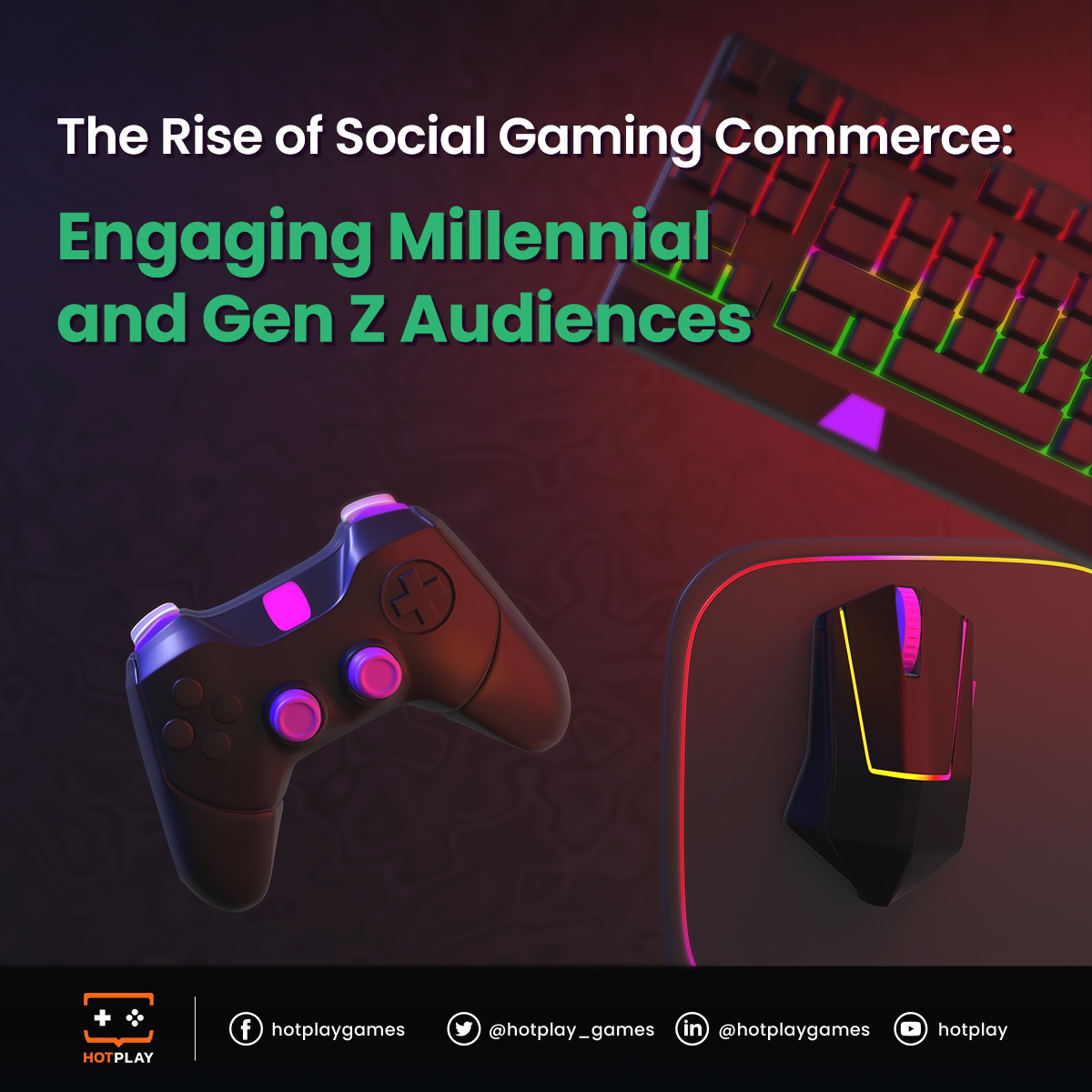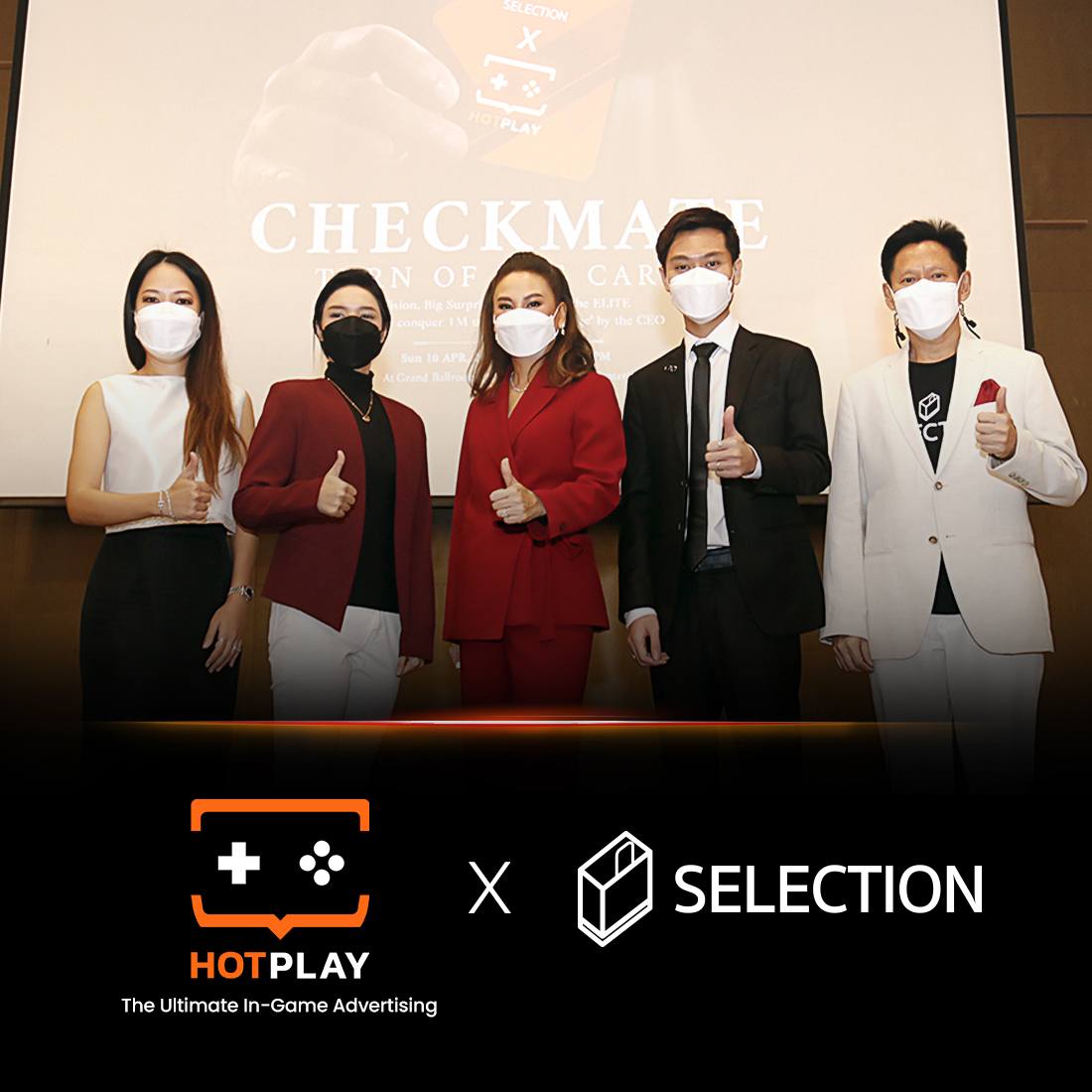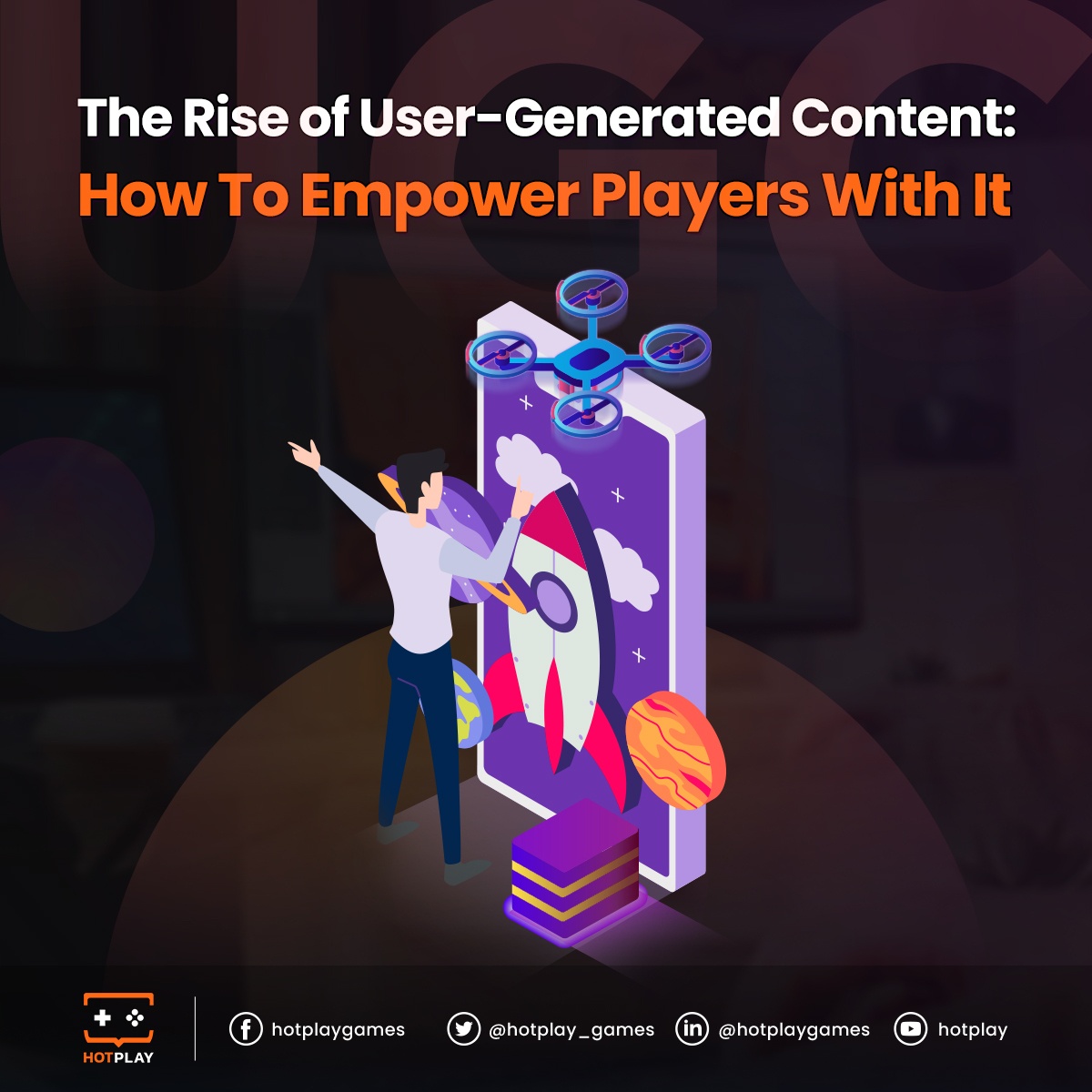Share
Increase Your Customer Reach by Tapping in Human Social Instinct
- June 7, 2022
- 10:40 am
We talked about gamification, gamified content and in-game advertising. We have learned that these are effective and useful tools that could help brands better engage with their target audience and impress them in a more fascinating way.
We did also discuss the opportunity that gaming can open up for marketers, especially when we combine it with the rise of social media and e-commerce under an interesting term called “social gaming commerce”. Let’s revisit this idea once again and learn what underlying notions that are driving behind this huge potential.
Social gaming commerce is the use of a gaming platform for e-commerce sales through social connectivity. Many may be wondering why it is important that we bring in the aspect of social connectivity into the gaming landscape and online shopping context. The answer can be drawn from the success of ‘Tripadvisor’ and many other reviewing sites.
To elaborate, the reason why reviews and comments in Tripadvisor were trusted by people is because those messages actually come from real people, rather than from those paid influencers. To make it even more convincing, these reviewing sites often have the algorithm to prioritize or rearrange reviews that come from someone in which a particular audience would know or have already befriended with to come up above the others. This is due to the belief that these reviews would be deemed most impactful for one’s decision making process. As noted, shared content has a higher value when shared by someone you know and trust. This type of marketing is the hub of social media marketing. When you see that someone of your circle has been to a place you want to go, you might feel more confident choosing to go to that place, as compared to having no one you know been there before.
So what does this mean for gaming? It indicates that brands and marketers can take advantages from this human social instinct. As Aristotle the legendary Greek philosopher said, “Man is by nature a social animal”. Brands that look to tap in gaming for advertising and marketing purposes should learn to exploit the social side of people.
For example, when running gamified content, brands can encourage users to challenge their friends by adding options that allow your audience to invite their friends to play. The circle of friends will then slowly expand. This is a way of reaching people outside of the original group.
Moreover, you can also try to make your gamified content a bit more competitive and interactive. Spicing it up with a friendly match challenge within a social group can help to create the stickiness which will help maintain your target market’s attention. Nevertheless, don’t forget to add a button that allows users to share their experience on social media with a clickable link that can direct their friends to join your site, leading to the ‘call-to action’ without any additional hassles.
Social gaming commerce has a lot of untapped opportunities for brands. By employing some of these tactics since the beginning, you would be tapping into the need for humans to compete, win, and be social. Ultimately, marketers should also keep their eyes on the market and closely monitor how the industry adapts and evolves. This will help them establish a competitive edge for a long-term win.
To put it simply, applying gamification in your marketing can help brands improve their user engagement, drive more conversion and ultimately win more sales. To elaborate further, gamification allows marketers to attract their target audience in a fascinating way and make them take action without them even realizing it.
For example, Domino’s Pizza sales revenue increased by 30% after releasing its gaming app “Pizza Hero” that allowed their customers to create their own Pizza. Other big brands like Coca-Cola, KFC, and Nike also applied a great deal of gamification concepts to help promote their new products on several occasions (Visit to learn more about gamification concept).
Like what we are accustomed to in traditional marketing, the impact of gamification also starts from ‘awareness’. This is what happens when your target audience sees gamified content, either through your company’s website/application or via in-game advertising in which you have rolled out with game developers/agencies. This attention capture is an important first step to getting your designed results and business’s call-to-action (CTA).
As we earlier discussed, a big punch for gamified content is ‘engagement’. Because playing games hardly makes the audiences feel like being marketed to. As a result, they are more likely to respond to your CTA than if it was a traditional marketing method. There are several gamification strategies that brands can adopt and put them into good uses to help them capitalize. In-game-advertising is also one of the up-and-coming tools. Brands can advertise directly within the gameplay in some of the world’s most popular games in a seamless manner. They can also choose to drive sales through in-game coupons with real-world value (Visit to learn more about gamification strategies).
Another important aspect that gamification can also contribute greatly to is ‘loyalty’. As much as we talk about getting awareness for your brands, retaining existing customers is always better. Gamified content has been proven to be a successful way to help keep your customers coming back, especially if you tie it along with creative ‘rewards’. Rewards which can come in the forms of redeemable points or discount coupons can help create valuable customers for your brands. If your customers have a good experience and have been enjoying the incentives that you have provided them, they might just turn themselves in to help advocate for your brand.
With all being said, ‘Gamification’ is an effective way to boost the result of your marketing campaign. It provides a way for brands to build relationships with their target audience and influence their decision-making process. It is also a very cost-effective and an easy to roll-out method.
Nothing is more exciting than seeing your target audience having fun while your conversion rates continue to climb up, right?
Therefore, if you are not already using ‘Gamification’ for your brands, it is more than worth the try.
Latest Articles

The Rise of Social Gaming Commerce
Learn how gaming can present a big opportunity for brands and how businesses can leverage the platforms for commercial gain through the concept of “social gaming commerce”.

HotPlay and Siam Selection join hands to build on the exciting ‘in-game advertising’ ecosystem
HotPlay and Siam Selection signed a business partnership, hoping to capitalize on in-game advertising’s ecosystem.

Why User-Generated Content (UGC) can be the Future of Gaming
The potential of UGC is truly limitless. This statement is also applicable to gaming. Learn why game developers have shifted their focus to UGC and are betting that this model will land them a big ticket in the future.
